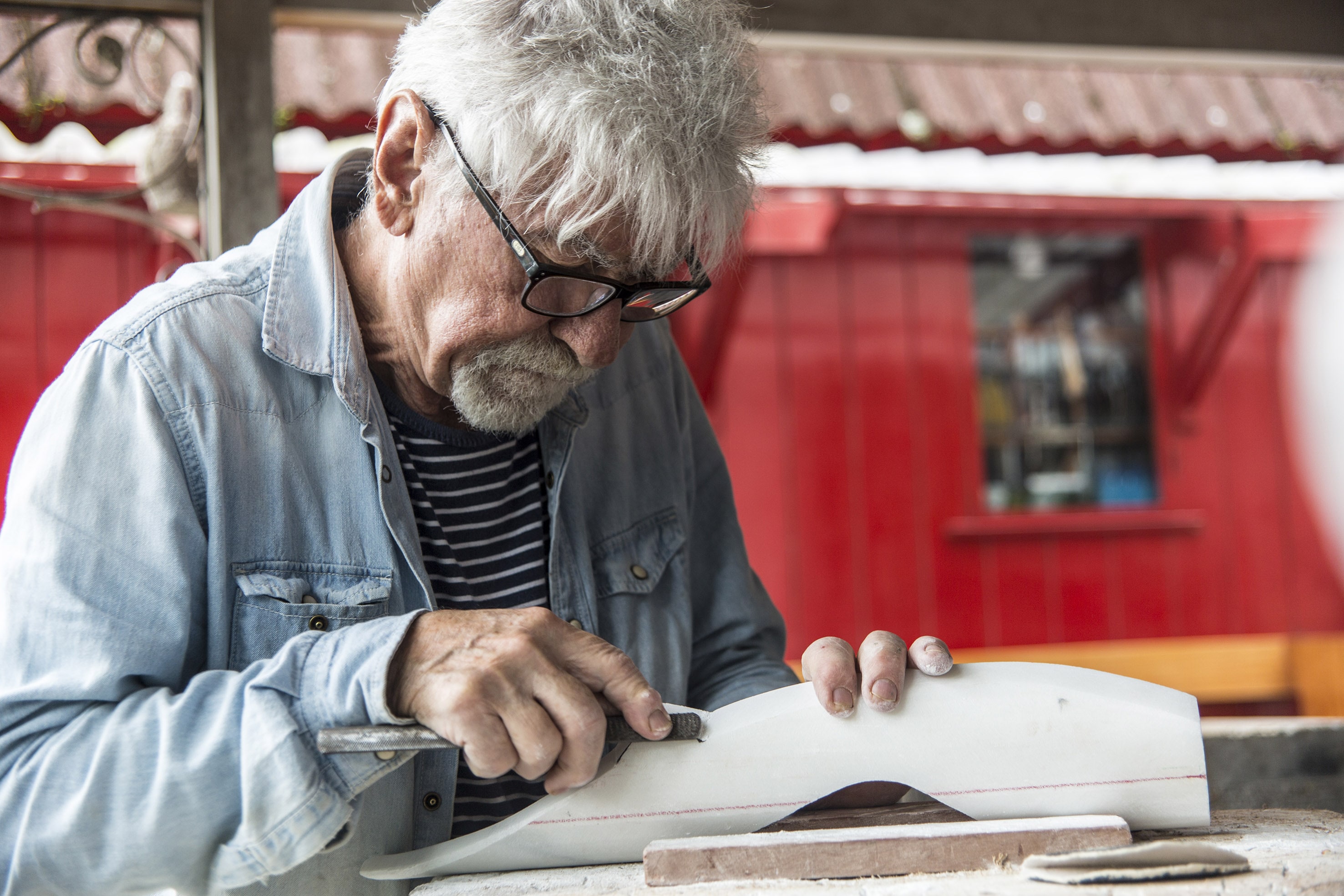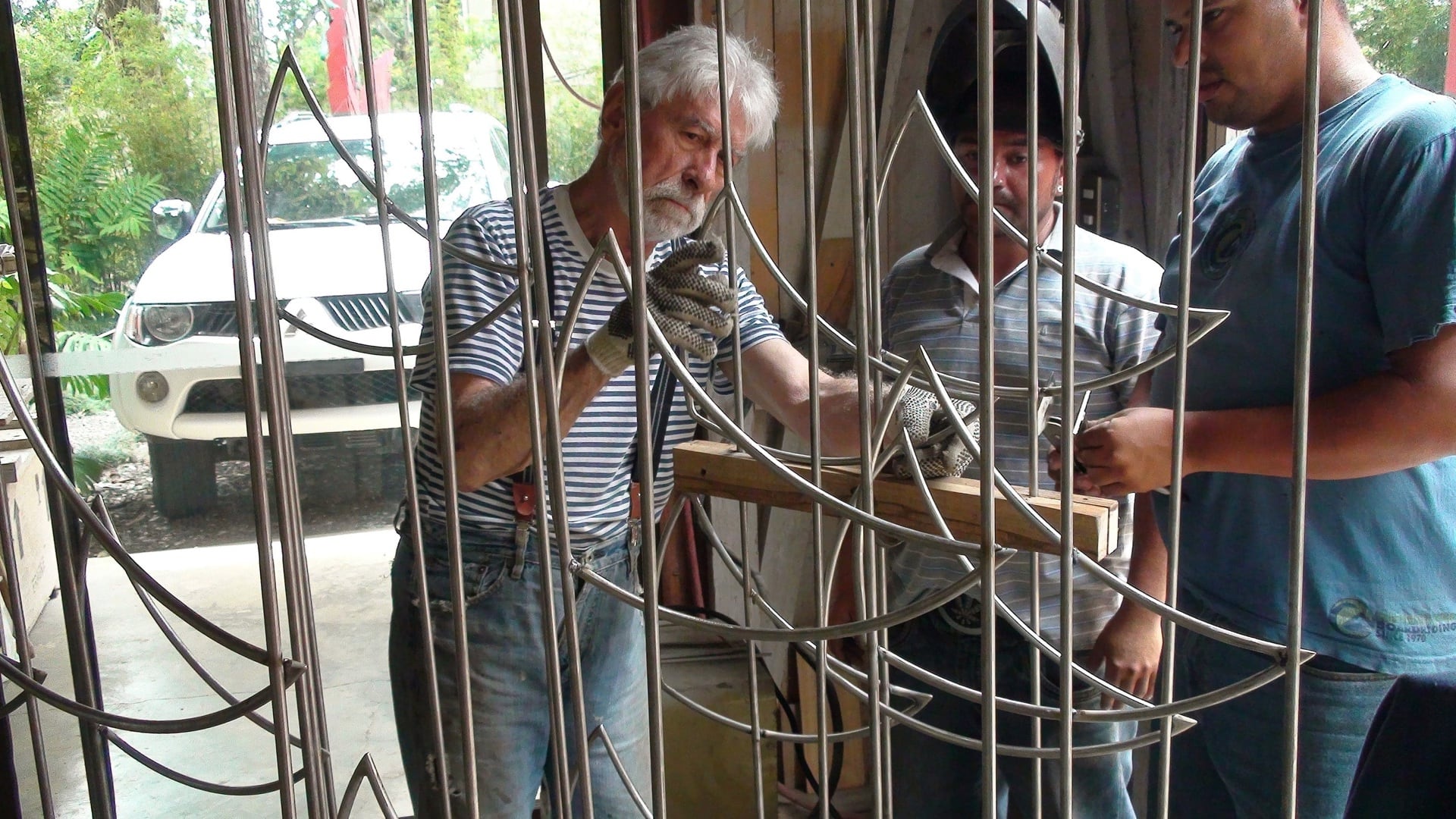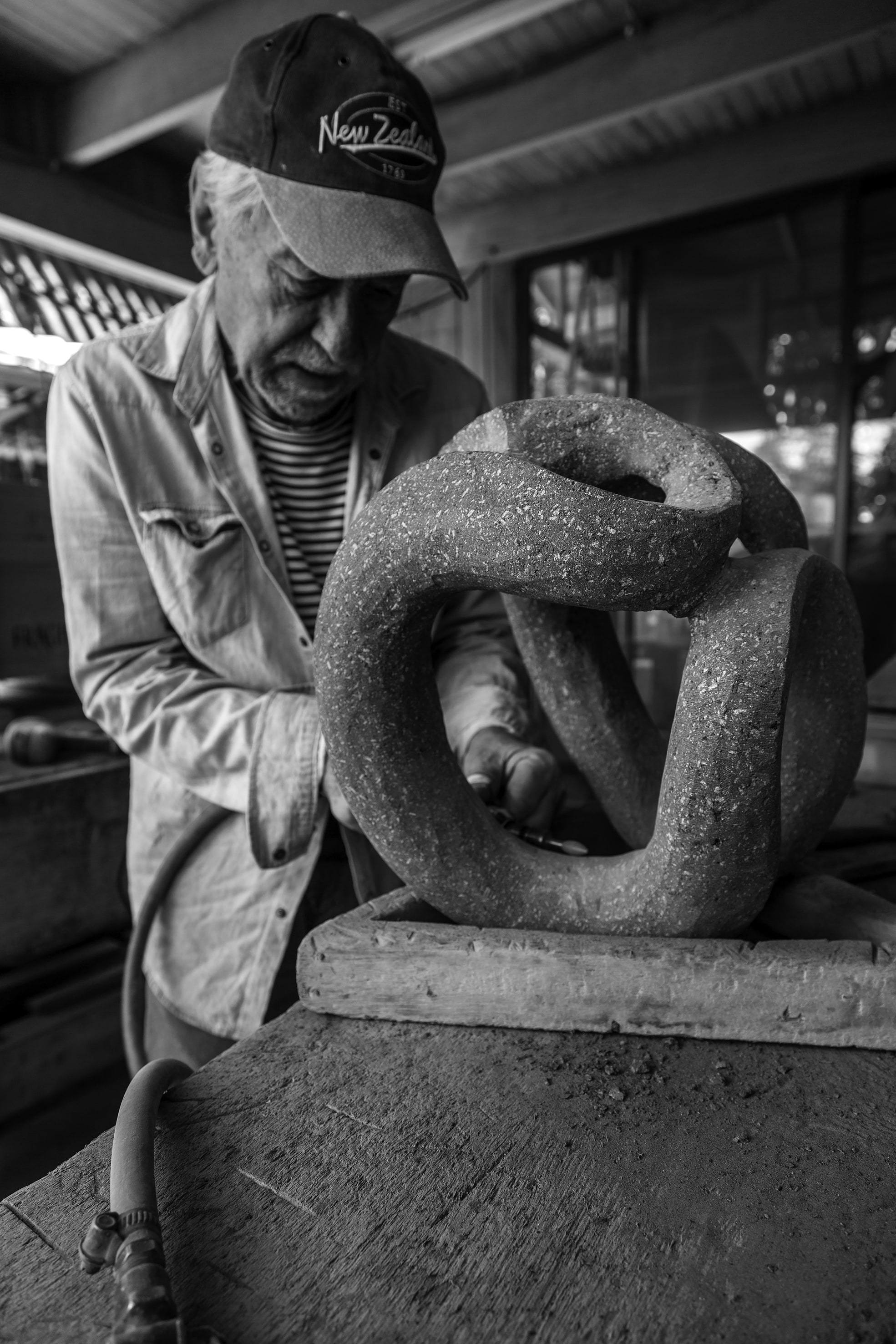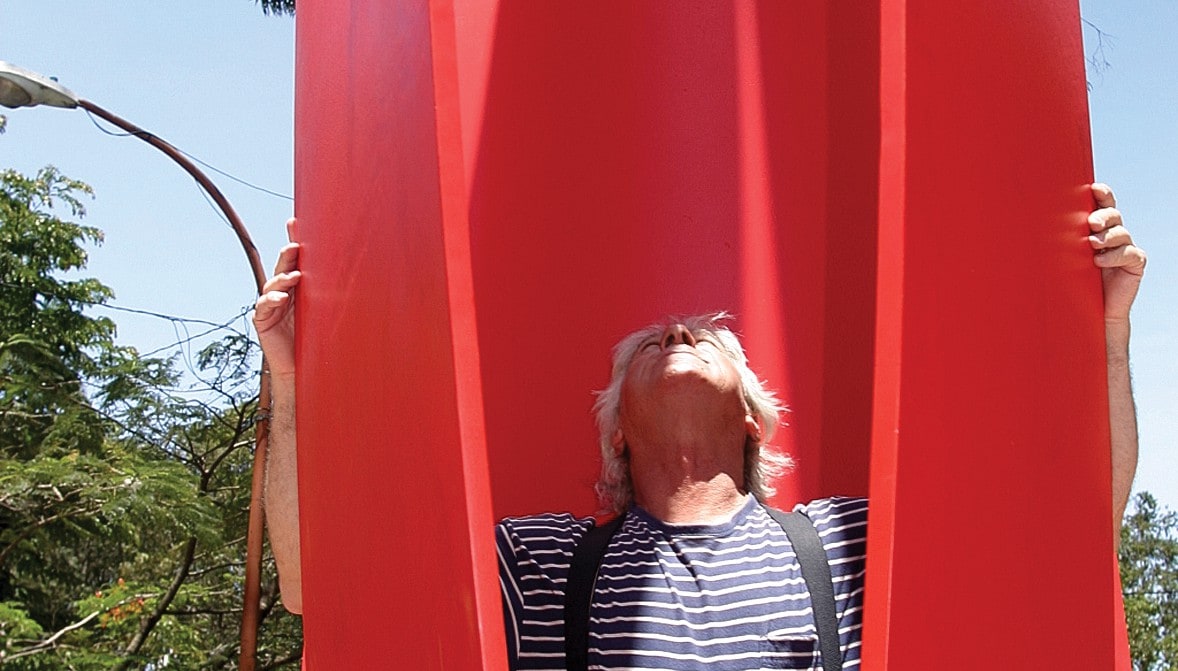05 June 2017
The Early Years
He was born on April 18, 1935 in the province of Puntarenas, Costa Rica. His family migrated to the capital, San José, where in 1952 he earned a bachelor’s degree from the Lyceum of Costa Rica. Subsequently he entered a degree program in Economics at the School of Economic Sciences at the University of Costa Rica where he graduated with a bachelor’s degree in 1958 with recognition as the best student in the program.

In 1962 he moved to Guatemala City and worked as an economist at the headquarters of the Secretariat for Central American Economic Integration, (SIECA). Three years later, he received a scholarship from the Istituto per la Ricostruzione Italiana and received a postgraduate degree in Industrial Economics in Rome, Italy. In 1968 he moved to Washington and worked as a staff member of the Inter-American Development Bank (BID). Upon his return to Costa Rica in 1971 he served as an advisor in economics, finance and administration; he held a position in the Ministry of Finance and subsequently in the Central American Institute of Public Administration (ICAP).
The first Approaches to Painting and Scrap Metal Assemblages
As an amateur painter in 1973 he exhibited, along with the artist Miguel Ortuño, a collection of paintings in the exhibition hall of the newspaper La Nación, located in downtown San José. A year later, inspired by Pablo Picasso’s Bull Head, he produced his first sculpture, Scorpion, using scrap iron. Thanks to a visit from and the advice of the artist Rafa Fernández, who had been invited to his house to give his opinion of his pictorial work, he discovered that his true vocation is sculpture and in the year 1974, in the Gardens of the National Theater, in San José, he carried out his first sculpture exhibition based on assemblages made from pieces of scrap metal. A year later he was invited to his home province to undertake his first monumental work, Escaping Fish, in Chacarita, Puntarenas, which is missing today. He also exhibited in the gardens of the National Museum of Costa Rica.
In 1976 he completed his second monumental work, Flock of Pelicans, in Limón, which is missing today. He also exhibited in the gardens of the Central Bank of Costa Rica and achieved his first public recognition as an artist, the “Ancora de Oro” prize presented by the newspaper La Nación. The following year he also exhibited his sculptures based on assemblages in the gardens of the Technological Institute of Costa Rica, in the city of Cartago. He also took his first trip to Tirgu-jiu, Romania, to observe the monumental work of Constantin Brancusi, and visited Carrara, Italy to learn the techniques of direct carving in marble and granite.

Modeling, Casting and Carving in Wood and Stone
In 1978 he studied clay modeling and casting techniques to perform casting in the studio of the artist Olger Villegas. In the workshop of Mario Aguirre, Mexico, he cast his first bronze pieces Bird and Hummingbird. In addition, during the administration of Rodrigo Carazo Odio (1978-1982) he worked as an advisor in the Ministry of Justice. In 1978 for his work Hummingbird he was awarded the gold medal in the Annual Hall of Plastic Arts, convened by the Costa Rican Ministry of Culture. He received honorable mention in the Sculpture Hall, which was convened by the Costa Rican Ministry of Culture in 1980 and performed his first exhibition of sculptures carved in wood and stone in the Exhibition Hall of the National Museum of Costa Rica.
1982 was a critical year because he abandoned his career as an economist and dedicated himself completely to sculpture. A year later in the Museums of the Central Bank and in the Museum of Costa Rican Art he exhibited sculptures carved in woods such as cocobolo and guayacán and also in marble and granite. In 1983 he received the first prize of the competition convened by the Museum of Costa Rican Art and the Embassy of the Republic of Argentina and visited the workshops of the sculptors Libero Badii and the master Pugia in Argentina. The Argentine critic and poet Rafael Squirru incorporated an overview of the artist in his publication entitled 49 American Artists in 1984. He exhibited in the museums of the Central Bank in 1985 and traveled to the city of Pietrasanta, Italy, to cast pieces in bronze in the workshop of Guiseppe Belfiore. In 1985 he obtained the National Prize convened by the Costa Rican Ministry of Culture.
 The Beginnings of his International Visibility
The Beginnings of his International Visibility
He exhibited in the Museums of the Central Bank in 1987 and was invited by the Government of Israel to do a sculpture that is kept in the gardens of the municipality. Two years later he participated in a collective exhibition at the Maison de l’Amérique Latine, Paris, France; in addition he exhibited in the Enrique Echandi Gallery of the National Theater. In 1990 he participated in the sculpture exhibition of the Art Museum of the Americas, in Washington, D.C., with the monumental work in wood Big Shoal. In 1991 the Union of Artists of the Soviet Union invited him to execute a work in stone for the sculpture garden in Bishkek, the capital of the Republic of Kyrgyzstan, in Central Asia. A year later he began to carve in marble and granite in the Nicoli Workshop in Carrara, Italy. In 1993 he presented his Animalistic Collection, with 62 works, at the headquarters of the Costa Rican Art Museum. The following year he initiated the creation of the sculpture garden in his abode-workshop, in Escazú, Costa Rica.
He exhibited a collection of torsos in the Capris building, in San José in 1995 and also participated in exhibits abroad in West Palm Beach, Brussels and Ontario.
In 1996 he produced the work Epitome of Flight in granite that is installed in the “Plaza de la Libertad Electoral” in the Supreme Court of Elections, in the city of San José. In 1997 he receives the grand prize of the contest convened by the Costa Rican Beer Factory.
There was a sculpture exhibit in the Enrique Echandi Gallery of the National Theater in 2001 and he participated with other Costa Rican artists in an exhibit in the city of Lahr, Germany. In the gardens of the INBioparque, Santo Domingo de Heredia, he exhibited a collection of works donated by the artist. This is an anthological collection that represents his animalistic theme; he also exhibited the work Big Shoal in marble, between May and October at the Navy Pier in Chicago, Illinois, USA.
Beginning of the Millennium and the Monumental Work
Beginning in 2003 he initiated the production in welded and enameled iron of abstract plant life, assembled in Saret Metalmecánica S.A., which are monumental in size and are exhibited in public spaces. The piece named Arborescent I was installed on the EARTH campus in Pocora, Limón. The following year the pieces Arborescent II and Spirit of Flight were installed in the gardens of the Central Bank and the piece Arborescent III in the gardens of the Costa Rican Art Museum.
There was a traveling exhibition of his pieces carved in wood and stone in 2006 at the Rodrigo Facio, Atlantic and West Headquarters of the University of Costa Rica. A year later he exhibited in the Gallery Enrique Echandi of the National Theater and in the Klaus Steinmetz Contemporary Art Gallery. Then in 2008 the group Flora and Fauna was exhibited in the Museums of the Central Bank and the National Museum and a year later he exhibited in the Alternative Gallery. This same year of 2008 the art critic Gerard Xuriguera includes a photograph of his work Bridge Torso in his book Regard sur la sculpture contemporaine (A Look to Contemporary Sculpture). The following year, in 2009, the monumental piece Arborescent Column was erected in Peace Park in the city of San José.

The José Sancho Foundation and the Sculptural Promenade
In 2010, on the initiative of his three children, the José Sancho Foundation, of which he is the Founder, was established. Its objectives are to preserve and disseminate his artistic heritage and to stimulate young sculpture students by means of scholarships. In 2011 the exhibition Form and Essence took place in the Museums of the Central Bank, Plaza de la Cultura, which showed his trajectory in the exercise of sculptural art. The following year the exhibition Torsos of José Sancho took place in the Rodrigo Facio Campus of the University of Costa Rica. In 2013, the book entitled Permanent Collection was published which includes all the works that make up the patrimony of the José Sancho Foundation. On August 20, 2014, the Sculpture Promenade was inaugurated at the University of Costa Rica, which houses a donation of nine pieces on the animalistic theme done in granite, iron and marble. And in 2015 José Sancho Foundation started a sculpture scholarship program.
Publications
Unión económica y aduanera: su coincidencia necesaria. San José: EDUCA, 1970.
José Sancho, Esculturas. San José: Editorial Costa Rica, 1984
José Sancho 1975-1997. San José: Imprenta Lehmann, 1997.
Variaciones escultóricas. San José: Imprenta y litografía LIL S.A, 2001.
José Sancho en el INBioparque. Heredia: INBio, 2002.
Obras Monumentales y bagatelas San Jose: Imprenta y litografía LIL S.A, 2003.
José Sancho. Período áureo 1998-2007. San José: Grafos S.A., 2007.
José Sancho. La forma y la esencia. San José: Museos del Banco Central, 2011.
Colección permanente. Fundación José Sancho. San José: Máster Litho, 2013
Awards and Recognition
1976, “Ancora de Oro” Prize awarded by the newspaper La Nación.
1978, “Gold Medal” in the Annual Hall of Plastic Arts, for his work Hummingbird cast in bronze, convened by the Costa Rican Ministry of Culture.
1980, “Honorable Mention” in the Sculpture Salon convened by the Ministry of Culture of Costa Rica.
1983, First Prize in the sculpture competition convened by the Museum of Costa Rican Art and the Embassy of the Republic of Argentina.
1985, National Award Aquileo Echeverría in Plastic Arts awarded by the Ministry of Culture of Costa Rica.
1988, “Honorable Mention” in the Experimental Art “Francisco Amighetti” competition in the North American Costa Rican Cultural Center.
1997, “Grand Prize” for the work Flora and Fauna at the 3rd Biennial of Sculpture convened by the Costa Rican Beer Factory.
2017, “Honorable Mention” for his trajectory in the National Hall of Visual Arts convened by the Costa Rican Art Museum.
José Sancho: Erotic Nature exhibition took place at Pera Museum between 25 May - 06 August 2017.

Ali Sami is born in Rusçuk in 1866, and moves to İstanbul. Because his family is registered in the Beylerbeyi quarter of Üsküdar, Ali Sami is also called Üsküdarlı Ali Sami. He graduates from the Mühendishane-i Berri-i Hümayun in 1866 and becomes a teacher of painting and photography at the school.
Tuesday - Saturday 10:00 - 19:00
Friday 10:00 - 22:00
Sunday 12:00 - 18:00
The museum is closed on Mondays.
On Wednesdays, the students can
visit the museum free of admission.
Full ticket: 300 TL
Discounted: 150 TL
Groups: 200 TL (minimum 10 people)